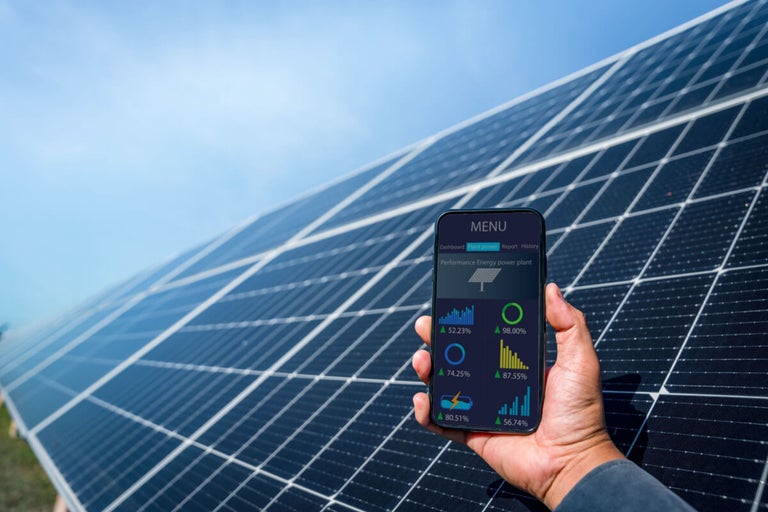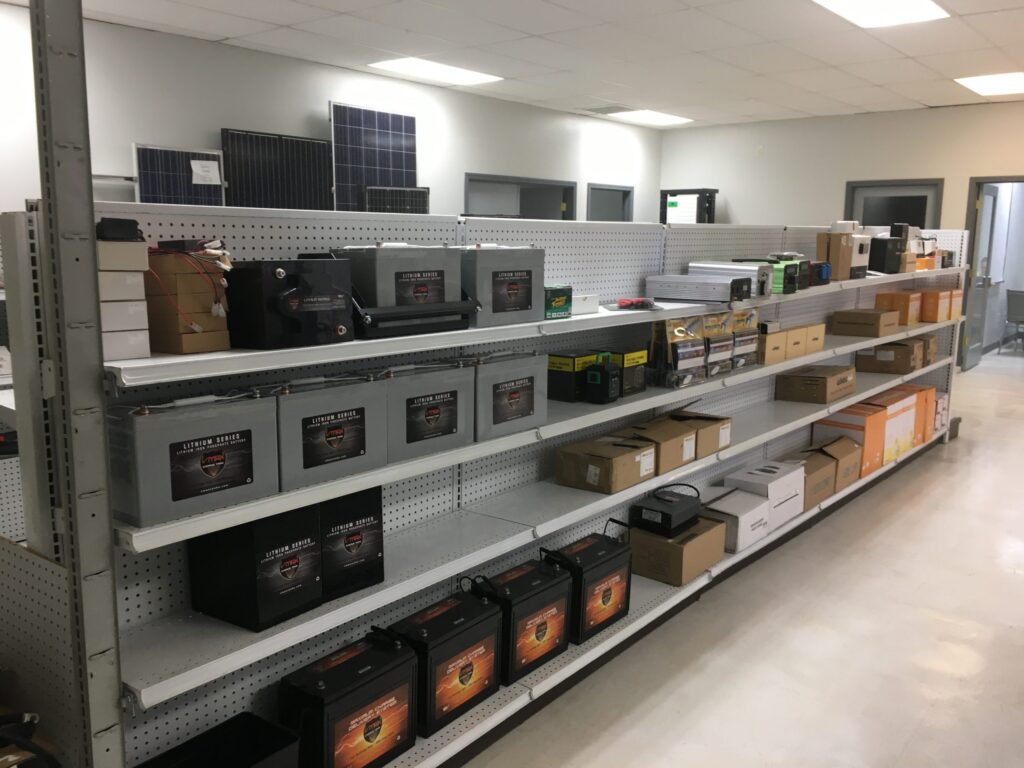The use of solar monitoring systems is becoming increasingly popular today. Daily, people switch to solar energy as a way to reduce their reliance on fossil fuels and save money on their energy bills. This system is designed to monitor the performance of solar panels and track the amount of energy they are producing. With the continued growth of the solar industry, a solar monitoring system plays a crucial role in the development of solar power systems. Hence, this article will expose you to the dynamics of a solar monitoring system.

What is a Solar Monitoring System?
A solar monitoring system is a technology that tracks and monitors the performance of solar panels or solar power plants. It uses sensors and data loggers to gather real-time data on the amount of energy generated by solar panels. This information is then analyzed to optimize the system’s performance, detect any potential faults, and provide insights for system maintenance.
A solar monitoring system can be used for both residential and commercial solar power systems. It may include features such as remote monitoring and control, automatic alerts for system failures, and detailed reports on system performance. Also, it uses sensors to gather data on the efficiency of the system and other performance metrics.
Read about: Home Solar Sytems
Advantages of a Solar Monitoring System
A solar monitoring system can offer several advantages, including:
1. Increased Energy Efficiency
Solar monitoring systems provide real-time data on the performance of a solar PV system. This enables the system owner to identify and rectify any issues that may be affecting its efficiency.
2. Improved System Reliability
A solar monitoring system can help detect and prevent equipment failures or faults before they become major problems. By monitoring key metrics such as voltage, current, and temperature, the system owner can identify potential issues. Thus, he can take corrective action to prevent downtime and costly repairs.
3. Better Maintenance Planning
It provides valuable data on the performance of individual components within a solar PV system. This information can be used to schedule maintenance and replacement of components when needed. Thus, it helps to reduce the risk of unexpected downtime and associated costs.
4. Enhanced Safety
A solar monitoring system can help ensure that a solar PV system is operating safely and within established parameters. By monitoring factors such as temperature and voltage, the system owner can identify potential safety hazards. Hence, he can take corrective action before an incident occurs.
Also see: Solar Innovation in Nigeria
Disadvantages of a Solar Monitoring System
While solar monitoring systems can offer numerous benefits, they also come with some disadvantages, such as:
1. Cost
Installing a solar monitoring system can be expensive. It requires purchasing and installing equipment such as sensors, inverters, and data loggers, which can be costly. It also requires technical expertise because of its complexity.
2. Connectivity
The monitoring system must be connected to the internet or a local network to transmit data. If there is no internet connectivity, the system may not work. It may also require additional hardware or equipment.
3. Accuracy
The accuracy of the solar monitoring system depends on the quality and placement of the sensors. Any errors or inaccuracies in sensor readings can affect the accuracy of the system’s output, such as the predicted solar energy output.
4. Maintenance
Solar monitoring systems require regular maintenance to ensure accurate data readings and system performance. This can add to the overall cost and time investment of the system.
Find out about: Solar Cost in Nigeria
Types of Solar Monitoring Systems
There are several types of solar monitoring systems available, including:
1. Inverter-based monitoring system
This type of solar monitoring system uses an inverter to monitor the solar system’s performance. The inverter-based monitoring system measures the solar panel’s voltage, current, and power output. Then, it sends the data to a central monitoring station for analysis.
2. Meter-based monitoring system
This system uses a meter to measure the energy produced by the solar panels. The meter-based monitoring system can provide real-time data on the amount of energy generated and consumed.
3. Web-based monitoring system
A web-based monitoring system allows users to monitor their solar system’s performance from anywhere in the world. The system typically includes a web interface that displays real-time data on the solar system’s performance. So, such data include the amount of energy produced, consumed, and stored.
4. Wireless monitoring system
A wireless monitoring system uses wireless technology to transmit data from the solar panels to a central monitoring station. Also, this type of monitoring system is convenient for remote locations where running wires would be impractical.
5. Cloud-based monitoring system
A cloud-based monitoring system stores data on the cloud and allows users to access it from anywhere with an internet connection. So, this type of monitoring system provides real-time data on the solar system’s performance. It can also send alerts in case of any issues.
How a Solar Monitoring System Works
Here are the basic steps involved in how a solar monitoring system works:
1. Installation: The solar monitoring system is installed alongside the solar panels, typically using sensors placed on the panels or the inverter.
2. Data collection: The sensors on the solar panels collect data on the amount of energy being generated and transmitted to the inverter. Also, the data loggers collect this data and store it for analysis.
3. Data analysis: The software component of the solar monitoring system then analyses the data collected by the sensors and data loggers. This analysis may include identifying any issues with the system’s performance, such as a drop in energy generation due to a faulty panel or inverter.
4. Reporting: The solar monitoring system then generates reports on the system’s performance, including graphs and charts that visualize the data collected. Also, these reports can be viewed by the system’s owner or maintenance personnel to identify any issues that need to be addressed.
5. Maintenance: The information provided by the system can help identify maintenance needs for solar panels and related equipment. By identifying issues early, maintenance can be performed before they become more serious problems. So, this is because such problems can lead to a decrease in energy production or system downtime.
Conclusion
Solar monitoring systems play a crucial role in ensuring the optimal performance and efficiency of solar power plants. They also can monitor various parameters such as energy production, environmental conditions, and equipment performance. Solar monitoring systems provide valuable insights that help operators make informed decisions. They optimize the energy output of the plant too.
Hence, as the demand for renewable energy continues to grow, the importance of solar monitoring systems will only increase. Making them a critical component of the solar energy industry.




One Comment